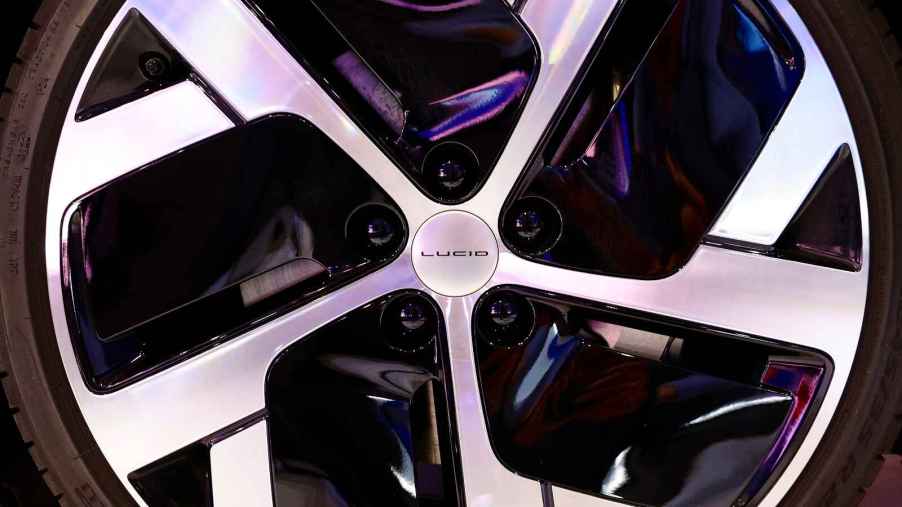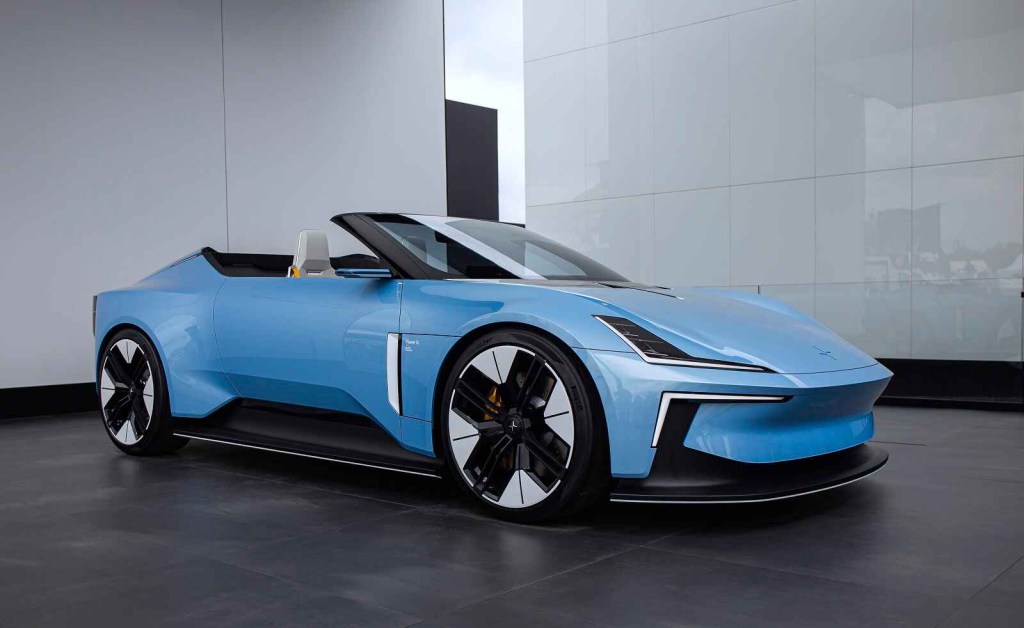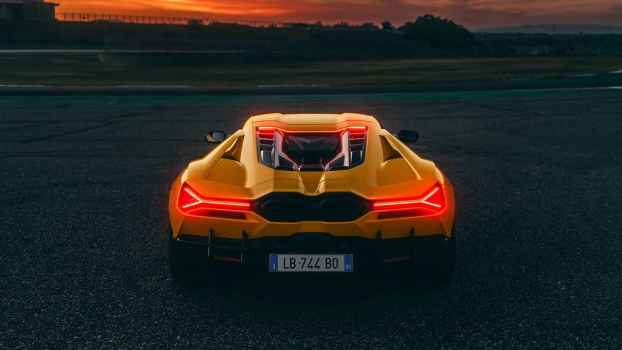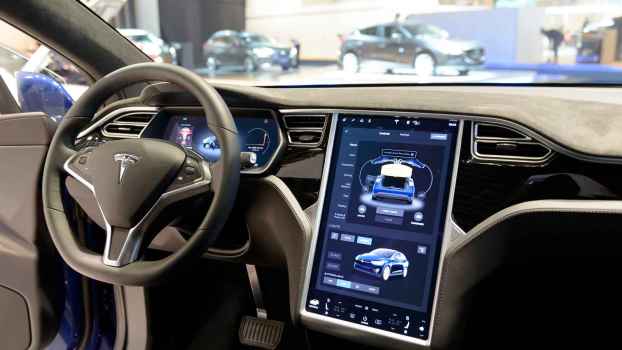
Why Do So Many EVs Have Such Weird Wheels?
There’s a clear sci-fi aesthetic to EVs. Carmakers know early adopters willing to invest in innovative tech want their toys to feel like the future. For reasons that are half tech, half art, wheels tend to be a favored canvas for visual experimentation. Here’s why electric vehicles tend to have such odd-looking wheels.
Electric cars are trying to squeeze in every bit of range

First, engineering. The sheer math of EVs makes different demands than on gas-powered vehicles. Battery packs are heavier than gas tanks, put out less energy, and require a steady series of recharges rather than burning a new load of fuel every few trips. Per the Department of Energy, even the most efficient EV can’t go as far on one recharge as an entry-level sedan like a Corolla on a single tank of gas.
For EV designers, all that comes down to a simple rule: efficiency at all costs. Making wheels smaller and trimming back extraneous decorative elements saves weight, which adds operating range.
Beauty is in the eye of the beholder
Second – and it’s a close second – is aesthetics. As noted above, EVs aren’t yet as efficient as gas-powered cars in terms of weight-to-range. In addition to energy sustainability, EVs have real practical advantages over gas – safer, quieter, faster acceleration, lower lifetime operating costs, etc. – but none of that matters if a customer never looks beyond gas mileage and the power bill.
That’s where art comes in. EV manufacturers think electric cars are the future, so they’d better look that way. Every designer has a different idea of what the EV “look” should be – Tesla alone has both the sleek Model 3 and the angular, almost faceted Cybertruck – but all agree they need to stand out from the gas-powered crowd. Wheels are an easy canvas to play with: as long as they’re circular and connected to the axles, artists are free to experiment.
That said, aesthetics are subjective. Most carmakers are happy to cater to the subset of EV buyers who don’t want to drive a sci-fi hero prop. Tesla, Volkswagen, and many other manufacturers offer more classic wheel designs for more conventional drivers. Plus, as EVs steadily penetrate the market, the aftermarket parts industry is more than willing to pimp an electric ride with the rims of a driver’s dreams.





